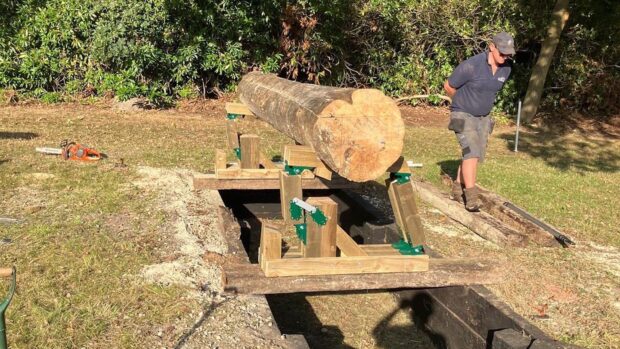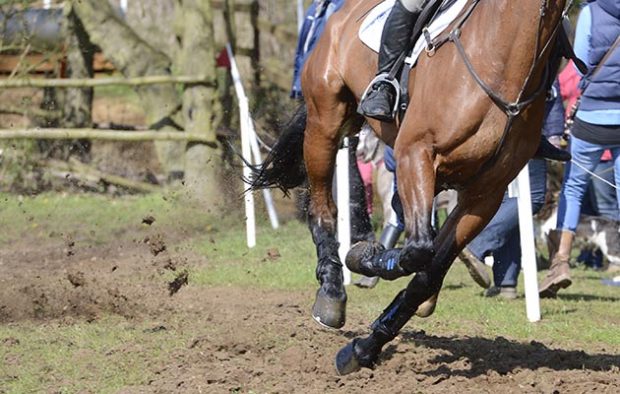There is safety in numbers. British Eventing has long thought that a statistical analysis of accidents and falls on the cross-county phase would help prevent serious injuries and persuaded the FEI to set one up. Together with the Transport Research Laboratory, BE and the FEI gathered data for three years with the aim to identify and address risk factors. The first report on eventing safety – which looks at worldwide events between 2002 and 2004 – has now been published and makes interesting reading.
Although the data for 2002 and 2003 is sketchy and therefore needs to be approached with caution, some trends are starting to emerge. The overall risk indicator for cross-country courses, which monitors the risk for a rider to be severely or fatally injured, has fallen from 58.4 in 2002 to 41.8 in 2004, while the number of seriously injured riders has almost halved, going from one every 183 starters in 2002 to one every 359 starters in 2004.
Throughout the years, falls are lower in CIC events than CCIs, where nine out of a hundred starters are likely to tumble to the ground – a number which the FEI considers high. “This is an interesting one. [It highlights] a slightly worrying trend, I must say,” says Jonathan Clissold, chairman of safety for BE.
Across the two formats, however, the percentage of falls over starters has steadily declined from 8.2% in 2002 to 6.3% in 2004. Unsurprisingly, the higher the level the more likely the fall to the point that, at CCI**** level, a staggering 22 out of a hundred starters can expect to make a rough landing.
“I think we’d like the number to be reduced, but the reason horse falls tend to be higher [in four-star events] is because you have the top riders in the world there and they don’t tend to get unseated — they fall when the horse falls,” says Clissold.
Riders usually fall because they are unseated, but in just over one-third of the cases they come off because their horse fell. According to the FEI, this second scenario poses the single greatest risk to competitors. If a rider is unseated, the risk factor linked to the fall is less than one-third of the risk if the horse also falls. And if the horse somersaults when falling, the risk factor becomes 10 times as much, because somersaulting is most likely to cause a serious injury to riders.
Across the years, the number of unseated riders has gone down to one rider every 24 starters from one rider every 19. Falls where the horse does not somersault have also diminished steadily and now affect one horse every 63 starters. The figures are slightly more worrying when it comes to horses somersaulting. Somersault numbers appear to be rising — from 19% of all horse falls in 2002 to 25% in 2004 — but the improved presentation of data from events may partly explain this increase.
According to the FEI, one horse every 189 competitors somersaulted when falling during 2004 – a figure which is in line with 2002 and worse than 2003. For this reason, the federation plans to keep a close eye on somersault trends throughout 2005.
“In an ideal world, we’d like [the risk of somersaults] to be eliminated. This is why we have introduced frangible pins and by next year all fences will have to be fitted [with them]. The thing we can’t measure is how many potential somersaults the pin has actually stopped, but I know of several,” says Clissold. “I think that’s a start, and I think we’ll find there will be other solutions in the future.”



